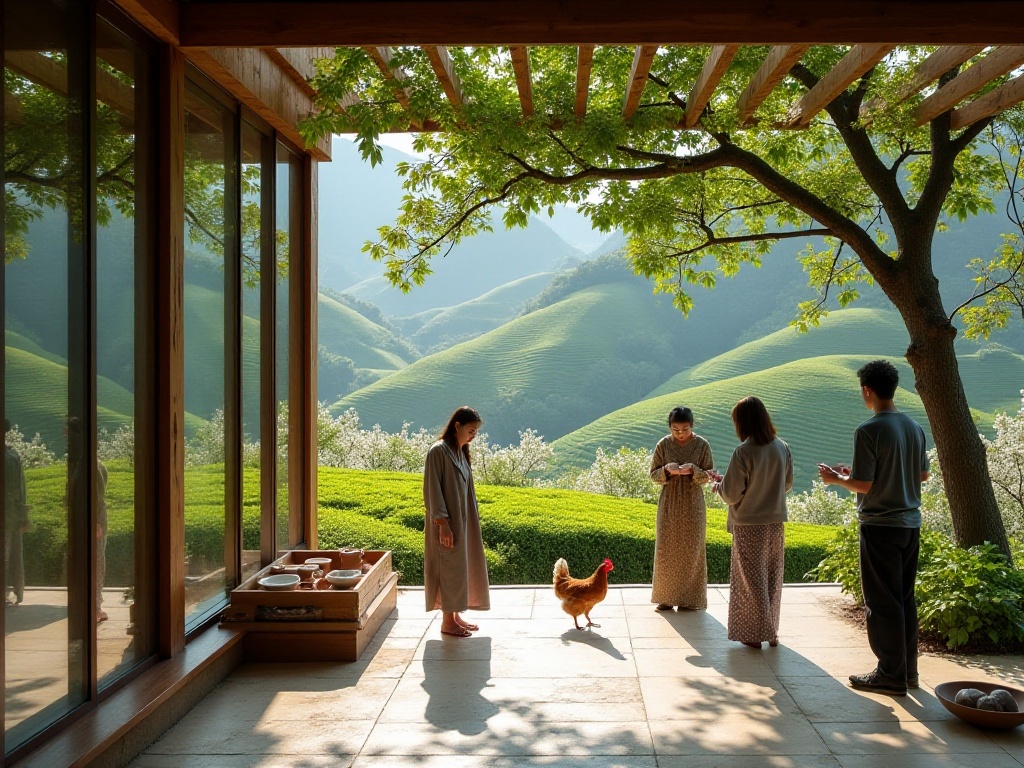
Introduction
European travel isn't just about visiting iconic landmarks like the Eiffel Tower, Venice canals, and Roman Colosseum. Today, I want to tell you about an incredibly understated yet stunning rural getaway in Europe - Central Portugal. As someone who has visited three times, I can confidently say it's worth planning a special trip here because of its unique and captivating charm.
Off the Beaten Path
Truth be told, whenever I mention Portugal to friends, their first response is always "Oh, you mean Lisbon." Statistics show that in 2019, Lisbon attracted 6 million tourists, while the central region only received 1.6 million visitors. But it's precisely this lower tourist traffic that has preserved the most authentic Portuguese rural charm here. There's no commercial hustle and bustle, no crowds of tour groups, just the most genuine Portuguese lifestyle atmosphere.
Every small town here is like a watercolor painting, colorful yet harmoniously unified. The locals' pace of life is so slow it makes you forget time exists. In the morning, you can see elderly people leisurely drinking coffee at corner cafes; in the afternoon, you might encounter farmers herding sheep across ancient cobblestone streets; in the evening, you might stumble upon residents' impromptu street music performances in the square.
Mountains Meet Sea
The natural scenery of this land is absolutely breathtaking. The Serra da Estrela mountain range lies like a giant dragon winding across the land. The highest peak, Torre, reaches 1,993 meters, offering spectacular views of rolling clouds below. On clear days, they say you can even see the Atlantic Ocean's outline.
Speaking of coastlines, this is absolutely a surfer's paradise. Golden beaches stretch for kilometers, with waves crashing against rugged reefs, creating spectacular sprays. In Nazaré, you can see the world's highest waves, some reaching 30 meters! Every winter, surfing experts from around the world gather here to challenge these intimidating giants.
Most impressive is the 516 Arouca Bridge, at 519 meters long - the world's longest pedestrian suspension bridge! The bridge deck is 175 meters above the canyon floor, giving you a feeling of walking in the clouds. The deck is made of metal mesh, allowing you to see directly down into the abyss below - the thrill level is beyond imagination. But don't worry if you're afraid of heights; the bridge is very safely designed with barriers on both sides.
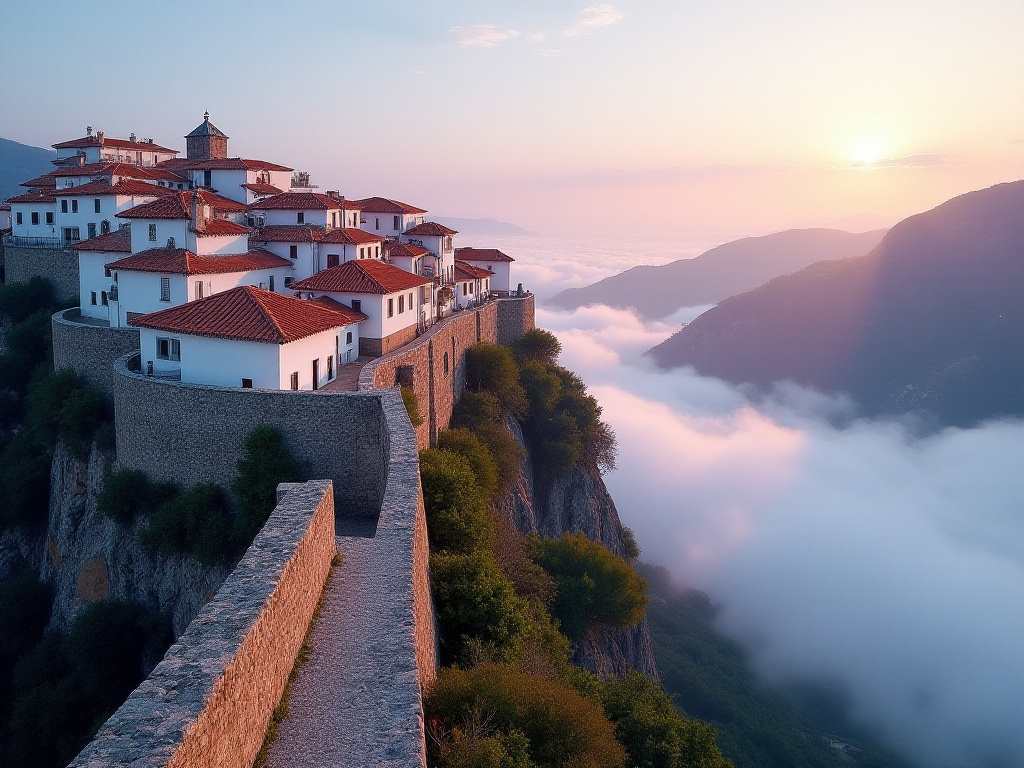
Activity Recommendations
Boredom simply doesn't exist in this land. For outdoor enthusiasts, Serra da Estrela Natural Park is absolutely your paradise. There are over 375 kilometers of hiking trails, ranging from leisure paths suitable for family outings to technical routes that challenge professional outdoor enthusiasts. In spring, the entire valley is covered with wildflowers - purple lavender, yellow dandelions, pink rhododendrons creating a vibrant natural painting.
If you're looking for more excitement, you must try rafting on the Paiva River. The water is crystal clear, with lush forests on both banks. During rafting, you can experience the thrill of rushing rapids while enjoying rarely seen canyon views. Professional instructors accompany you throughout to ensure your safety.
For bird watching enthusiasts, Aveiro Lagoon is absolutely paradise. It's one of Europe's most important migratory bird habitats, with thousands of birds stopping here each year. Pink flamingos, egrets, wild ducks... various birds soar freely here. Bringing binoculars and cameras is recommended, with early morning or evening being the best times for bird watching.
To experience local culture, you can join wine estate tours. Most wineries here have hundreds of years of history, with ancient cellars storing wines of various vintages. You can learn wine tasting from professional sommeliers, understand the winemaking process, and even participate in grape stomping activities.
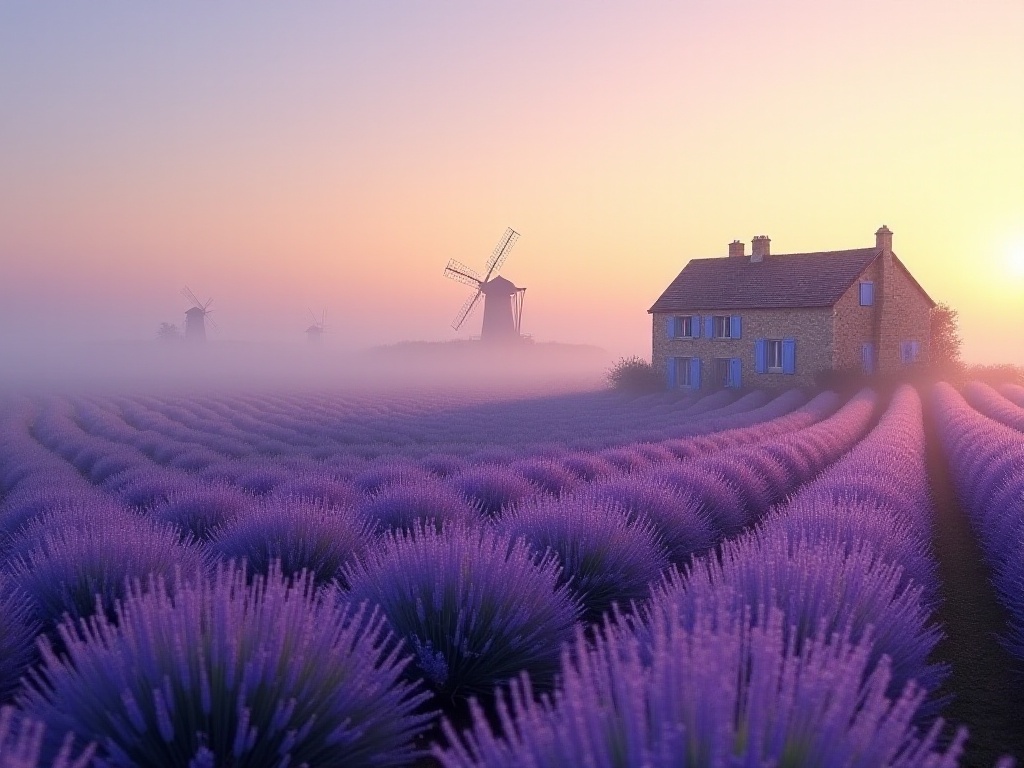
Best Seasons
Spring and autumn are absolutely the best seasons to visit. Spring temperatures range between 15-20 degrees Celsius, perfect for outdoor activities. In March and April, wildflowers bloom across the mountains and valleys, filling the air with fragrance. Hiking during this time is like walking through a natural garden.
Autumn is harvest season. From September to October, vineyards turn golden, with farmers everywhere harvesting grapes. The air is filled with the fragrance of fresh grapes and fermenting wine. Many wineries hold wine festivals during this time, where you can participate in grape stomping, taste new wines, and experience authentic Portuguese rural culture.
Although summer has plenty of sunshine, temperatures can exceed 30 degrees at noon, making it less suitable for outdoor activities. However, if you're mainly planning a beach vacation, summer is still a good choice. Sea breezes bring coolness, and sunsets are particularly enchanting during this season.
Winter temperatures are low, with possible snowfall in mountain areas, but this gives the land another unique beauty. The snow-covered Serra da Estrela mountains are especially photogenic, and wineries are particularly quiet in winter, perfect for in-depth experiences.
Accommodation Experience
Here, I strongly recommend choosing local farm guesthouses (Quintas). Most of these guesthouses are converted from century-old houses, maintaining original architectural features while adding modern facilities. Last year, I stayed at an excellent guesthouse run by an elderly couple. The house had been passed down through four generations, with old photographs on the walls telling the family's story.
Every morning, the hostess prepares a hearty Portuguese breakfast. Fresh-baked bread, homemade jam, local cheese, freshly picked fruit, and aromatic Portuguese coffee. The elderly host tells guests legends and stories passed down in this land. In the evening, you can enjoy Portuguese wine with the hosts in the courtyard, watch stars, and chat. This warm atmosphere is something large hotels can never match.
Many farm guesthouses also offer various experience activities. For example, touring their own vineyards, learning to make traditional desserts, getting to know various herbs, etc. Some guesthouses even keep horses, allowing you to explore surrounding rural scenery on horseback.
Room decor usually combines traditional and modern elements. Thick stone walls, wooden beams, ancient fireplaces - these all retain their centuries-old appearance. But rooms are equipped with comfortable mattresses and modern bathroom facilities ensuring comfort. Some rooms have private balconies where you can sit and watch the sunrise, enjoying misty rural scenery.
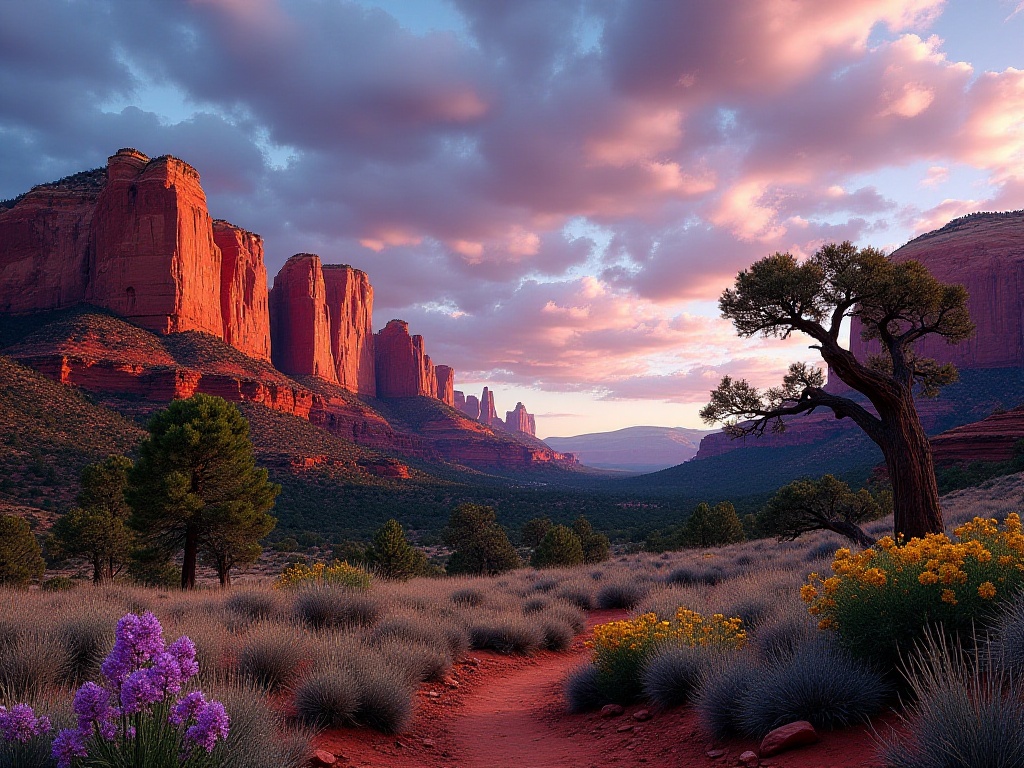
Food Exploration
Central Portugal's cuisine deserves its own book. The roasted lamb chops here are absolutely exceptional. Local lambs graze among wild rosemary bushes year-round, making their meat particularly flavorful. Chefs marinate it with olive oil, garlic, rosemary and other herbs, then slowly roast it over wood fire, creating a crispy exterior and tender interior with aromatic flavors.
Seafood is another must-try. The most famous local dish is grilled sardines. During the São João Festival in June, the aroma of grilled fish fills the streets. Sardines need only coarse salt, grilled over charcoal until golden, served with a slice of lemon - simple yet delicious. Locals like to pair it with Vinho Verde (green wine), a slightly sparkling white wine that's refreshing and perfect with seafood.
For special snacks, you must try Ovos Moles. This is Aveiro region's most famous dessert, made from egg yolks and sugar, wrapped in thin wafer shells usually shaped like seashells or fish. When eating, bite down all at once, letting the egg yolk filling melt in your mouth - sweet and delicious.
Local cheese is also famous, especially Serra da Estrela sheep cheese. Made from sheep's milk from the Serra da Estrela mountain region, it has a creamy texture and rich flavor. Mature cheese becomes particularly soft, and locals like to eat it spread on bread.
For lunch, I strongly recommend local small restaurants. These restaurants might be simply decorated, but their dishes are absolutely authentic. Many restaurants offer a "Prato do Dia" (daily special), usually including soup, main course, drink and coffee, at reasonable prices with generous portions. Don't worry about ordering - even if you don't speak the language, you can just point to what other customers are having.
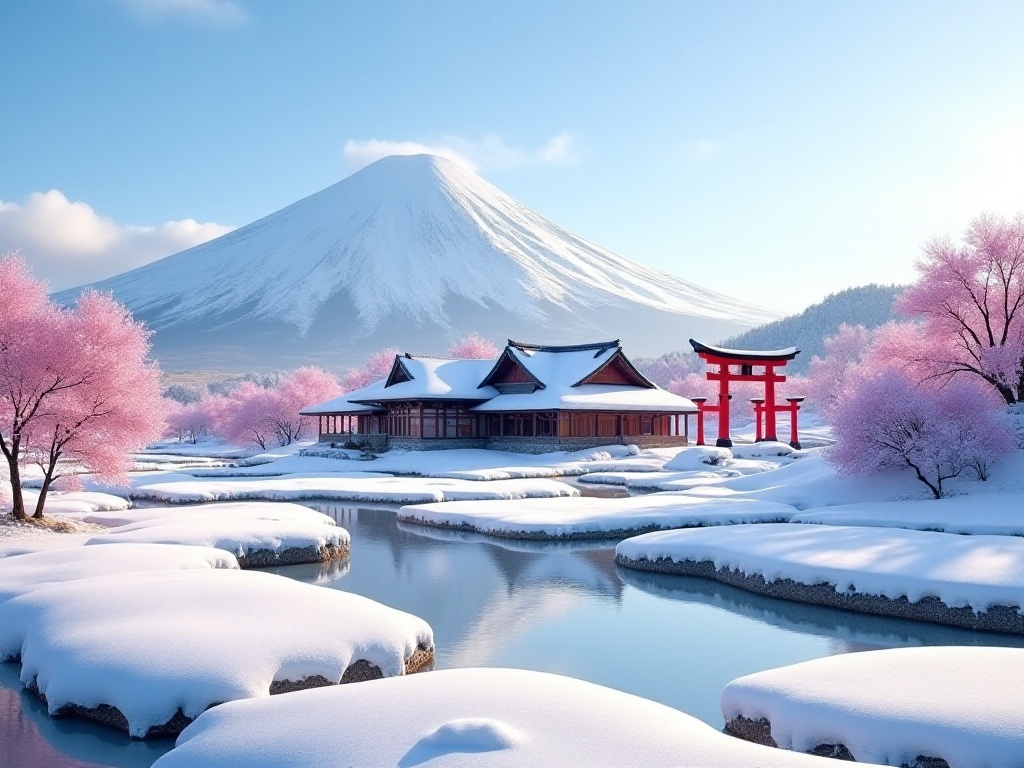
Transportation Advice
In Central Portugal, renting a car is absolutely the ideal way to travel. Although there's public transportation between major towns, service is infrequent, and many hidden scenic spots are only accessible by car. Car rental is convenient at Lisbon Airport, with major companies like Avis and Hertz having counters. Booking online in advance is recommended for better prices.
When choosing a car, consider one with good power as there are many mountain roads and some rural roads have steep grades. An automatic transmission will make driving easier, especially on mountain roads. However, note that many old town streets are narrow, so too large a vehicle might make parking and turning difficult.
If you don't have an international driver's license or prefer not to drive, you can choose private car services. Many local travel agencies offer professional driver-guide services. Though more expensive, it saves hassle and guides can help you discover hidden spots.
Additionally, there are train connections between major cities. Though not fast, you can enjoy scenery along the way. Lisbon to Coimbra takes about 2 hours with reasonable ticket prices. But check schedules carefully as some routes have only a few trains per day.
Itinerary Planning
To deeply experience this land's charm, plan at least 5 days, preferably a week. Here's a suggested 5-day itinerary:
Day 1: After picking up your car at Lisbon Airport, head directly to Arouca. Experience the 516 suspension bridge in the afternoon, feeling the thrill of walking in the clouds. Stay at a local thermal hotel for the evening, enjoying the hot springs. Arouca's thermal waters are said to be particularly effective for treating arthritis, maintaining a constant temperature of 62 degrees.
Day 2: Morning hike in Arouca Geopark, which has many well-marked trails to choose from based on your fitness level. In the afternoon, visit the local monastery, a 16th-century Baroque building with magnificent blue and white tile murals telling biblical stories.
Day 3: Drive to Serra da Estrela Natural Park. If you enjoy hiking, choose a suitable trail for deep exploration. The park has many viewpoints overlooking the entire valley. With luck, you might spot wild Iberian wolves. Consider camping at a mountain hostel in the park for the evening to experience nature's tranquility.
Day 4: Visit coastal Nazaré. In the morning, watch giant waves from the lighthouse viewpoint, the best spot for watching surfing. If you surf, you can sign up for lessons. If not, sunbathing and swimming at the beach are pleasant alternatives. In the evening, visit the fishermen's quarter to watch them bring in their nets, then enjoy fresh seafood at a seaside restaurant.
Day 5: Head to Aveiro, known as the "Venice of Portugal" for its canals and colorful houses. Take a traditional wooden boat tour of the canals, visit salt pans, and learn about the long history of salt production. In the afternoon, taste the famous local dessert Ovos Moles and buy some local specialties as souvenirs.
If you have more time, strongly consider visiting Coimbra. This 700-year-old university town is full of scholarly atmosphere. Walking the ancient streets, you'll see university students in black robes everywhere. Visit Coimbra University's library, with breathtaking Baroque decorations.
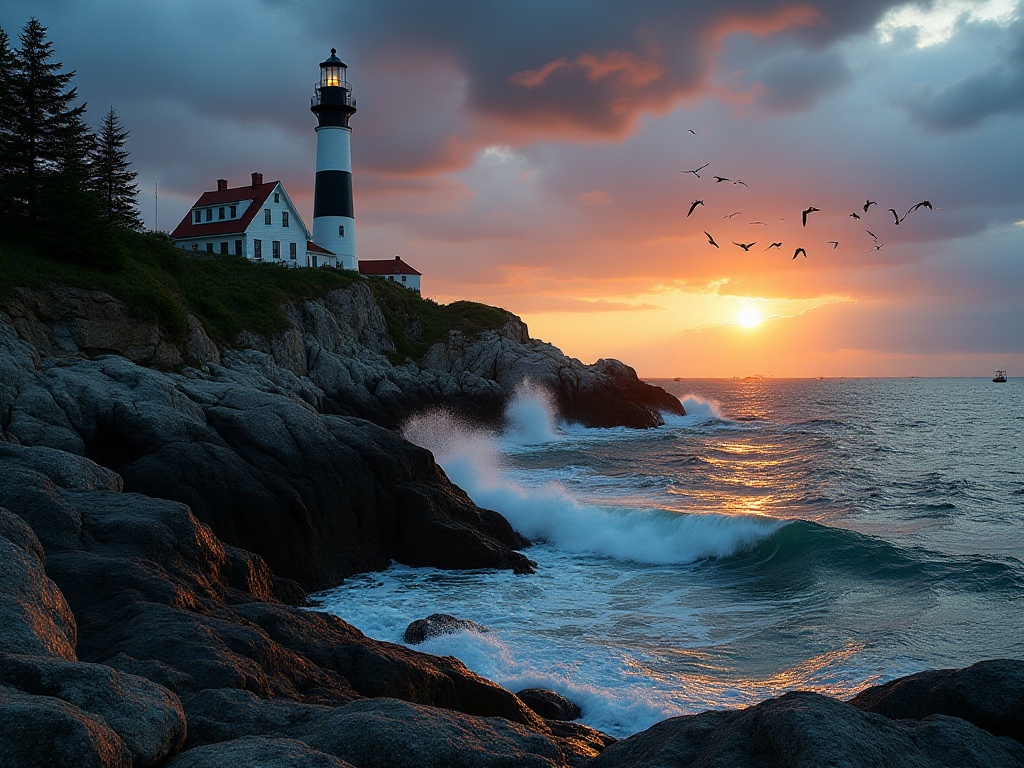
Practical Tips
Language can be a small challenge as many locals only speak Portuguese. Don't worry too much though - you can download a translation app in advance, and many restaurants offer English menus. Learning a few simple Portuguese phrases helps: - "Thank you": "Obrigado" for men, "Obrigada" for women - "Hello": Olá - "Goodbye": Adeus - "Please": Por favor - "Sorry": Desculpe
When dining here, note that many restaurants automatically serve appetizers (called "couvert") when you sit down, like bread, olives, cheese, etc. These aren't free - if you don't want them, just tell the server.
Regarding tipping, Portugal doesn't have a strict tipping culture like the US. In restaurants, you can leave 5-10% if service is good, but it's not mandatory. For taxis, people usually round up the change.
Weather-wise, although Portugal gives an impression of abundant sunshine, mountain weather can be quite variable. Bring a jacket, especially in spring and autumn. If planning beach visits, don't forget sunscreen - the sun is very strong here.
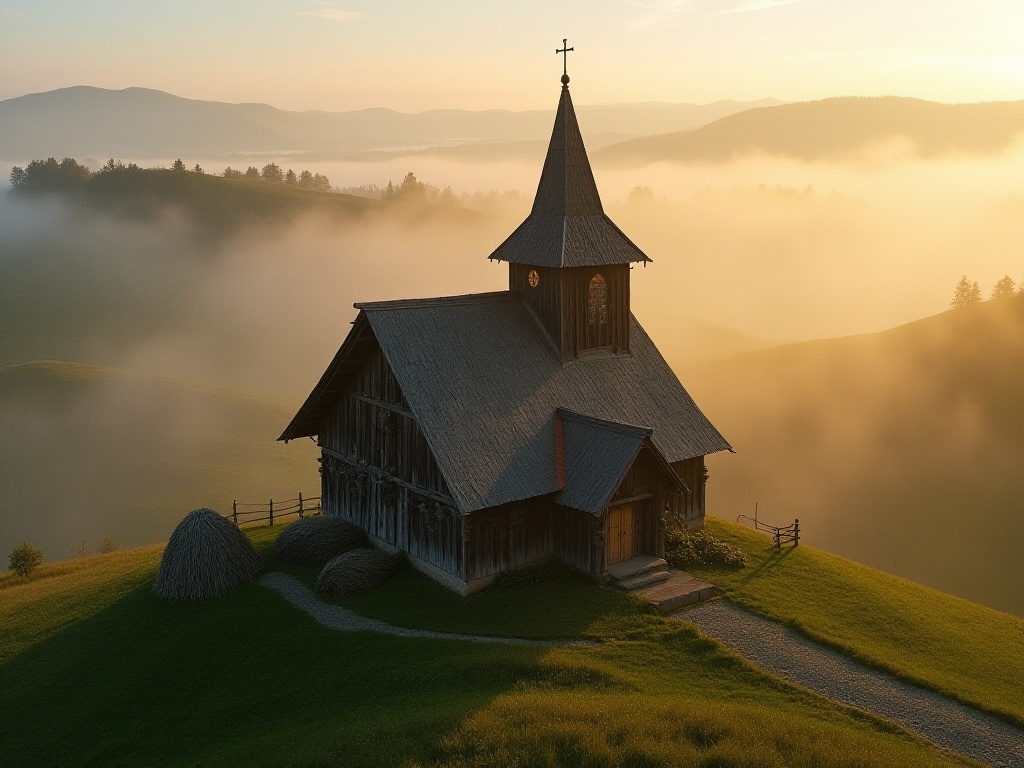
Final Thoughts
If you're tired of crowded tourist spots, I really recommend visiting Central Portugal. Everything here tells one truth: sometimes the most beautiful scenery is found in less traveled places.
In this land, you can feel the purest human warmth. The locals' hospitality will make you forget you're a foreigner. Morning sunlight, ancient stone walls, melodious bell towers, fragrant wine, and those moving stories are all waiting for you to discover.
Isn't this the poetry and distance we seek? A place where the soul can rest, a paradise where time slows down. Trust me, when you truly visit here, you'll fall in love with this forgotten paradise.
Next
Hidden Gems in Rural Vietnam: Rediscovering Serenity Post-Pandemic
As the world emerges from the cocoon of lockdowns, Vietnam's countryside unfurls its wings, revealing a kaleidoscope of hidden treasures. The pandemic's pause has birthed a new era of travel, one that whispers of untrodden paths and authentic encounters. Rural Vietnam, once the backdrop to frenetic city escapes, now takes center stage in a renaissance of rustic allure.
In-Depth Exploration: 10 Hidden Rural Tourism Destinations in Europe Worth Experiencing in 2024, Making Your Travel Unique
A comprehensive overview of global rural tourism destinations, featuring distinctive villages and countryside locations across Europe, North America, and Asia. Explores diverse accommodation options and outdoor activities from Serbia's Zlatibor to Hokkaido, Japan
The Ozark Mountains: A Forgotten Outdoor Paradise in South-Central USA, A Sanctuary Where City Dwellers Can Find Inner Peace
Explore diverse rural tourism destinations worldwide, featuring unique experiences from Native American culture in the US South to traditional villages in Eastern Europe and natural landscapes in Asia-Pacific, highlighting authentic cultural encounters and sustainable travel
Next
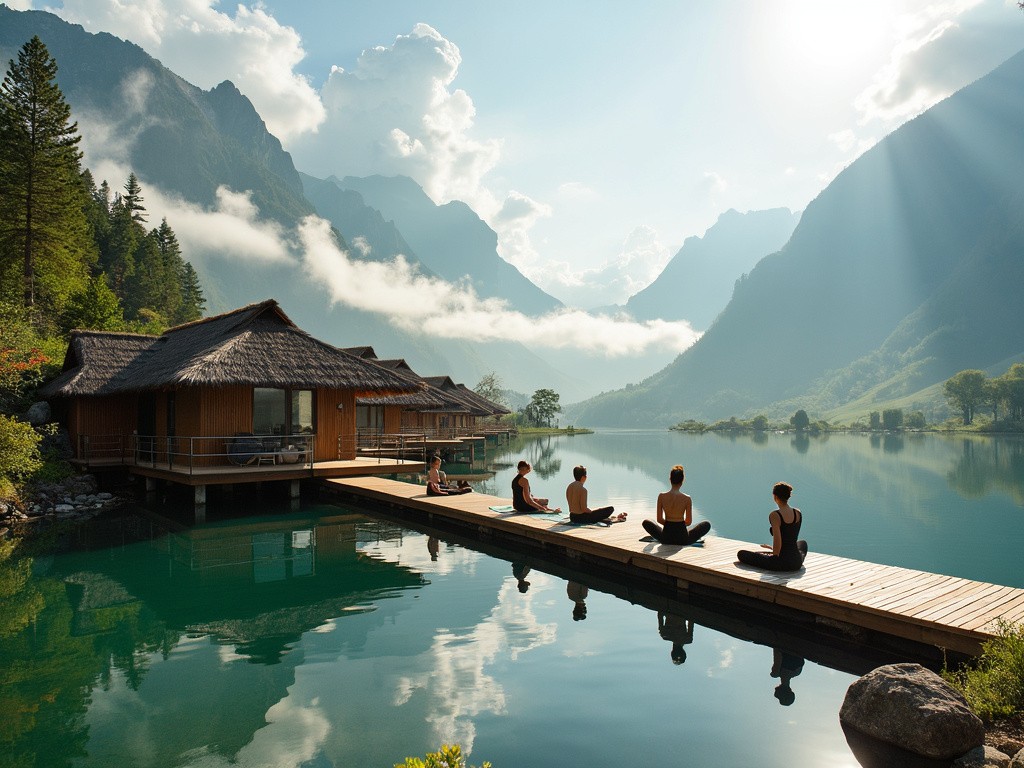
Hidden Gems in Rural Vietnam: Rediscovering Serenity Post-Pandemic
As the world emerges from the cocoon of lockdowns, Vietnam's countryside unfurls its wings, revealing a kaleidoscope of hidden treasures. The pandemic's pause has birthed a new era of travel, one that whispers of untrodden paths and authentic encounters. Rural Vietnam, once the backdrop to frenetic city escapes, now takes center stage in a renaissance of rustic allure.
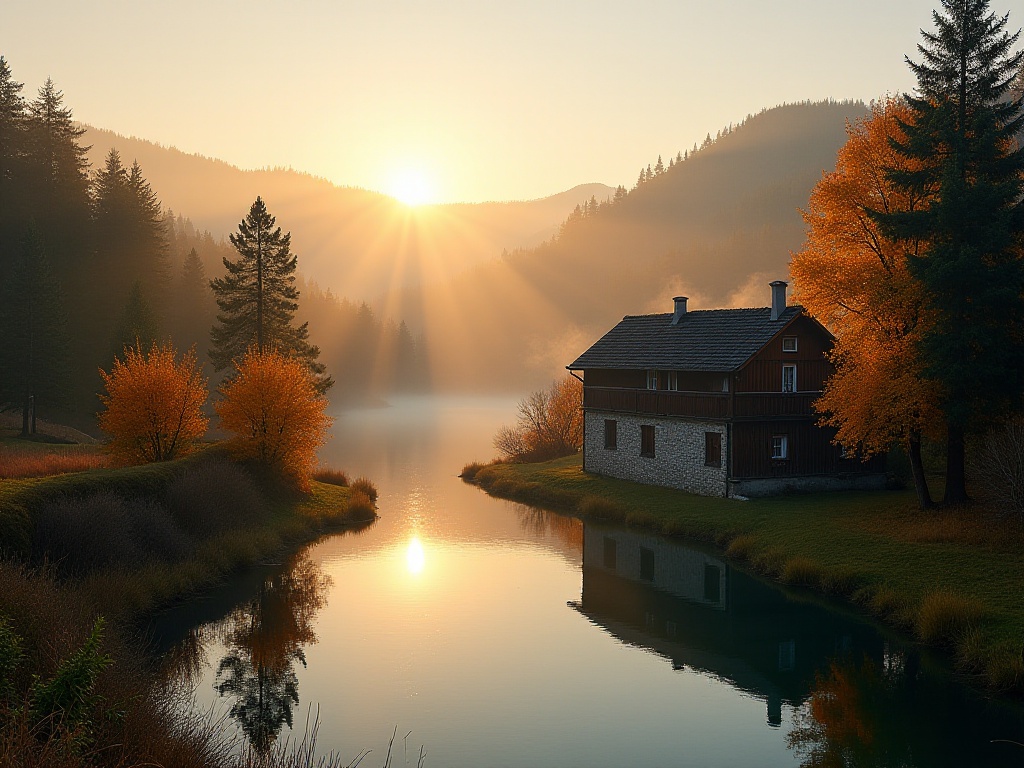
In-Depth Exploration: 10 Hidden Rural Tourism Destinations in Europe Worth Experiencing in 2024, Making Your Travel Unique
A comprehensive overview of global rural tourism destinations, featuring distinctive villages and countryside locations across Europe, North America, and Asia. Explores diverse accommodation options and outdoor activities from Serbia's Zlatibor to Hokkaido, Japan
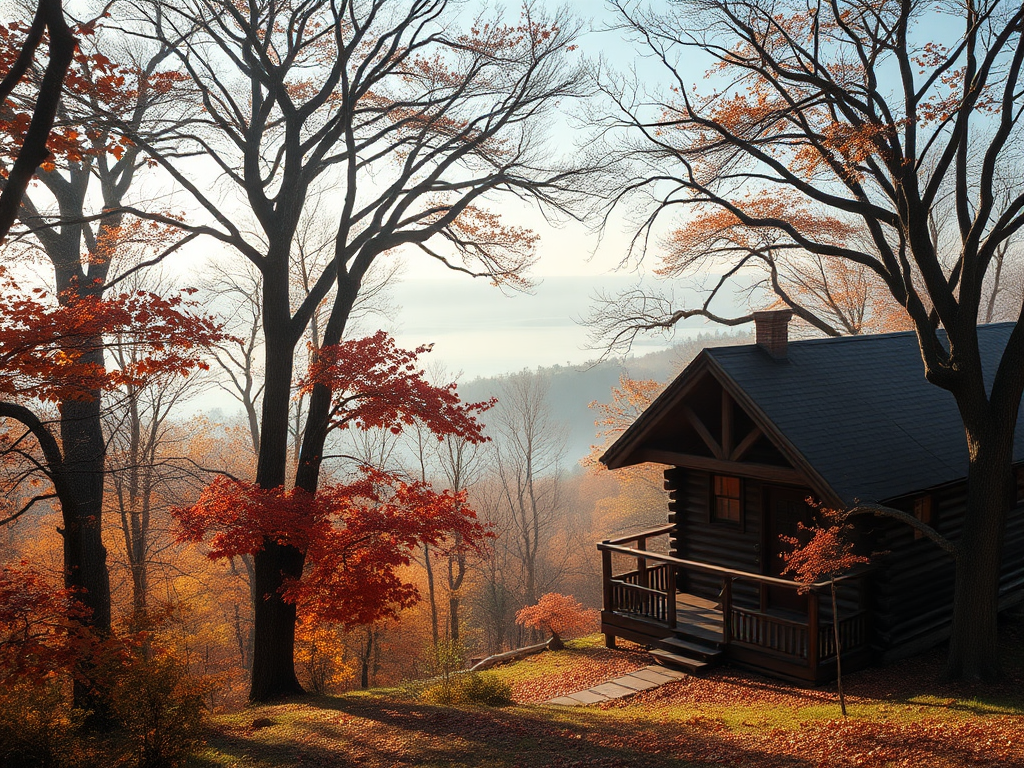
The Ozark Mountains: A Forgotten Outdoor Paradise in South-Central USA, A Sanctuary Where City Dwellers Can Find Inner Peace
Explore diverse rural tourism destinations worldwide, featuring unique experiences from Native American culture in the US South to traditional villages in Eastern Europe and natural landscapes in Asia-Pacific, highlighting authentic cultural encounters and sustainable travel

